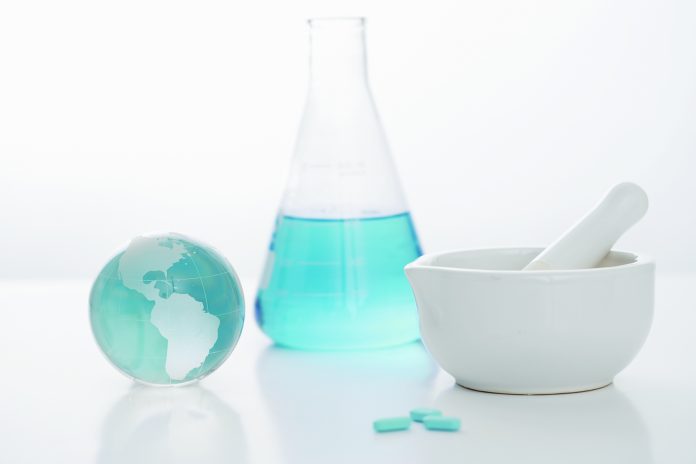By Susan Crowell / editor@farmanddairy.com
The fight is real. It’s the food that’s “fake.”
When is meat meat and when is milk milk? Is almond milk real milk? Is lab-grown meat, or plant-based meat, real meat? And who gets to decide?
Let’s start with the beef over meat. There’s technology out there now that creates “meat” from an animal cell process other than livestock slaughter. Think chemistry lab instead of barn, pasture or feedlot.
The non-meat meat is called “alternative proteins,” “clean meat,” “cultured meat or cultured tissue,” “lab-grown meat,” “cell-cultured protein products” and a host of other names. Some are animal based, others are plant based.
Whatever the name, it’s the darling of investors. Last year, there was $1.08 billion invested in food and beverage startups, with the majority of the funding going toward alternative protein focused brands, according to the Food+Tech Connect U.S. Branded Food Investment Report.
And the related jurisdiction debate in D.C. right now is as hot as your kitchen during canning season.
The Food and Drug Administration wants to stake its claim, and oversee cell-cultured meat grown in labs. But the USDA says meat regulation and inspection is its turf.
According to Business Insider, the White House Domestic Policy Council asked members of both agencies to sit down and hash things out.
But when the FDA held a public meeting July 12 on “Food Produced using Animal Cell Culture Technology,” not a single USDA resource was on a panel or asked to speak.
A group of farm organizations calling itself the “barnyard group” — American Farm Bureau, and the national sheep, beef, chicken pork, and turkey commodity groups — fired off a letter July 26 to President Donald Trump crying fowl. They asked the president to preserve a “fair and competitive” market for all meat and poultry products, “regardless of the method in which these products are produced.”
In other words, if cell-cultured protein companies want to call their products “meat and poultry,” then they should follow the USDA’s food safety inspection and labeling standards.
Basically, it comes down to the definition of “meat.” The North American Meat Institute says the definition that has been on the USDA’s books for years clearly includes the newcomer products.
Milk’s identity
A similar battle over food definitions is raging in the dairy industry, too, with the proliferation of plant-based products positioned as dairy products.
The Food and Drug Administration has a “standard of identity” for milk defined as “the lacteal secretion, practically free from colostrum, obtained by the complete milking of one or more healthy cows,” but it has never enforced the dairy labeling regs, so you have almond, soy or rice products calling themselves “milk.” (And I just read of a startup that is making milk from peas.)
FDA Commissioner Scott Gottlieb announced July 26 his agency will be reviewing the standards of identity for dairy products. He admitted the word “milk” implies a nutritional content found in traditional dairy milk, and “some of these products contain only a fraction of the protein or other nutrients found in cow’s milk.”
You can weigh in with comments to the FDA about its standards of identity (it’s reviewing others of its nearly 300 standards).
The debate is not going away — there are new food products being crafted from new products and processes every day. Not all of them are bad; in fact, some may help fight world hunger. Don’t dismiss the trend — be alert to its ramifications for your farm’s future.













